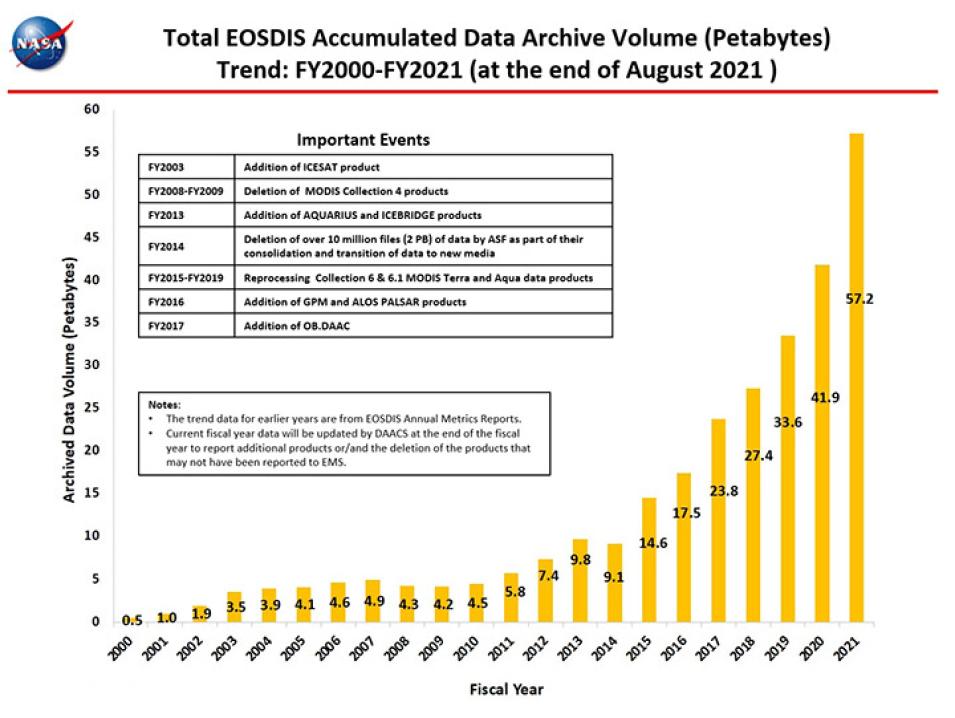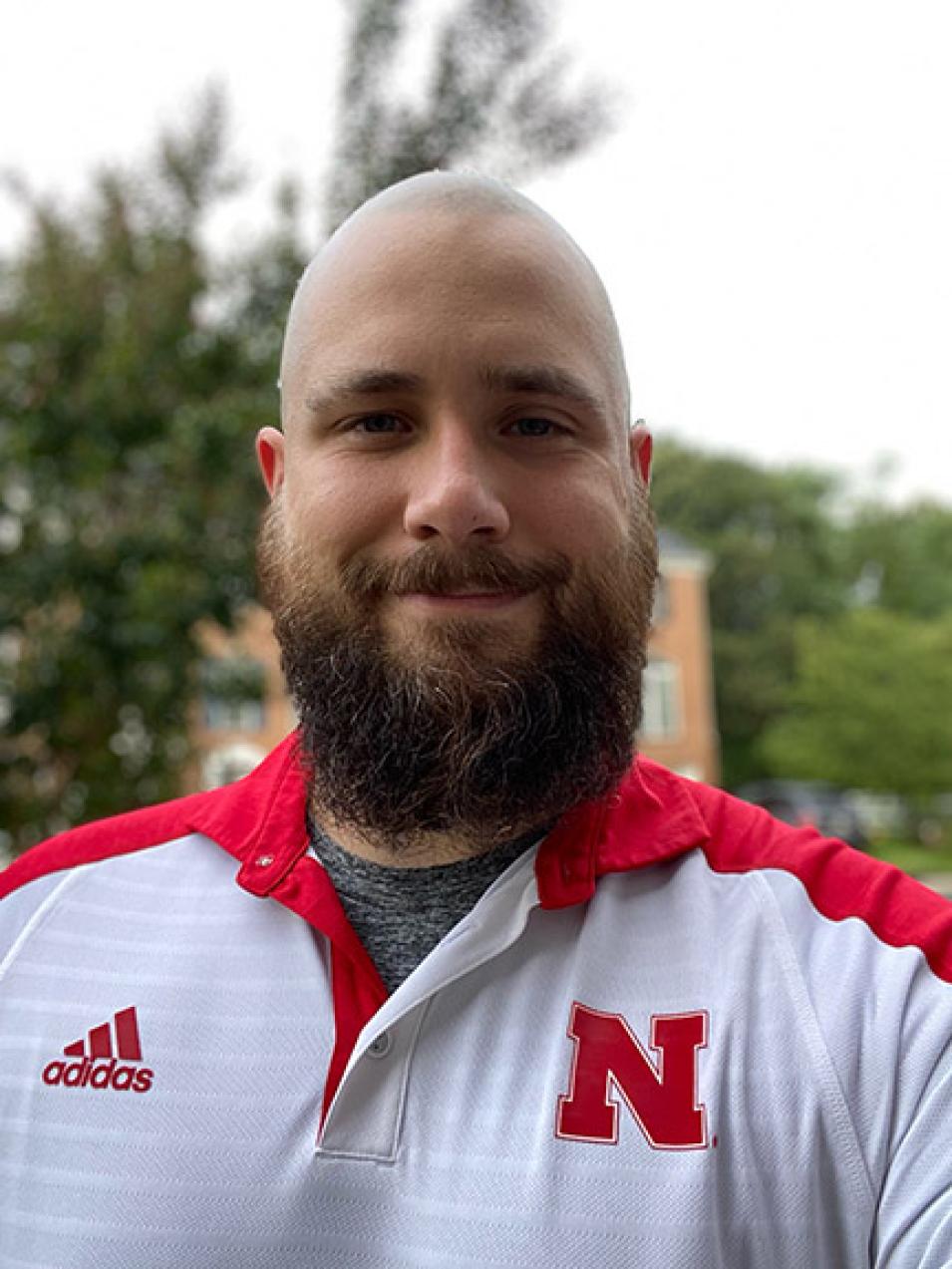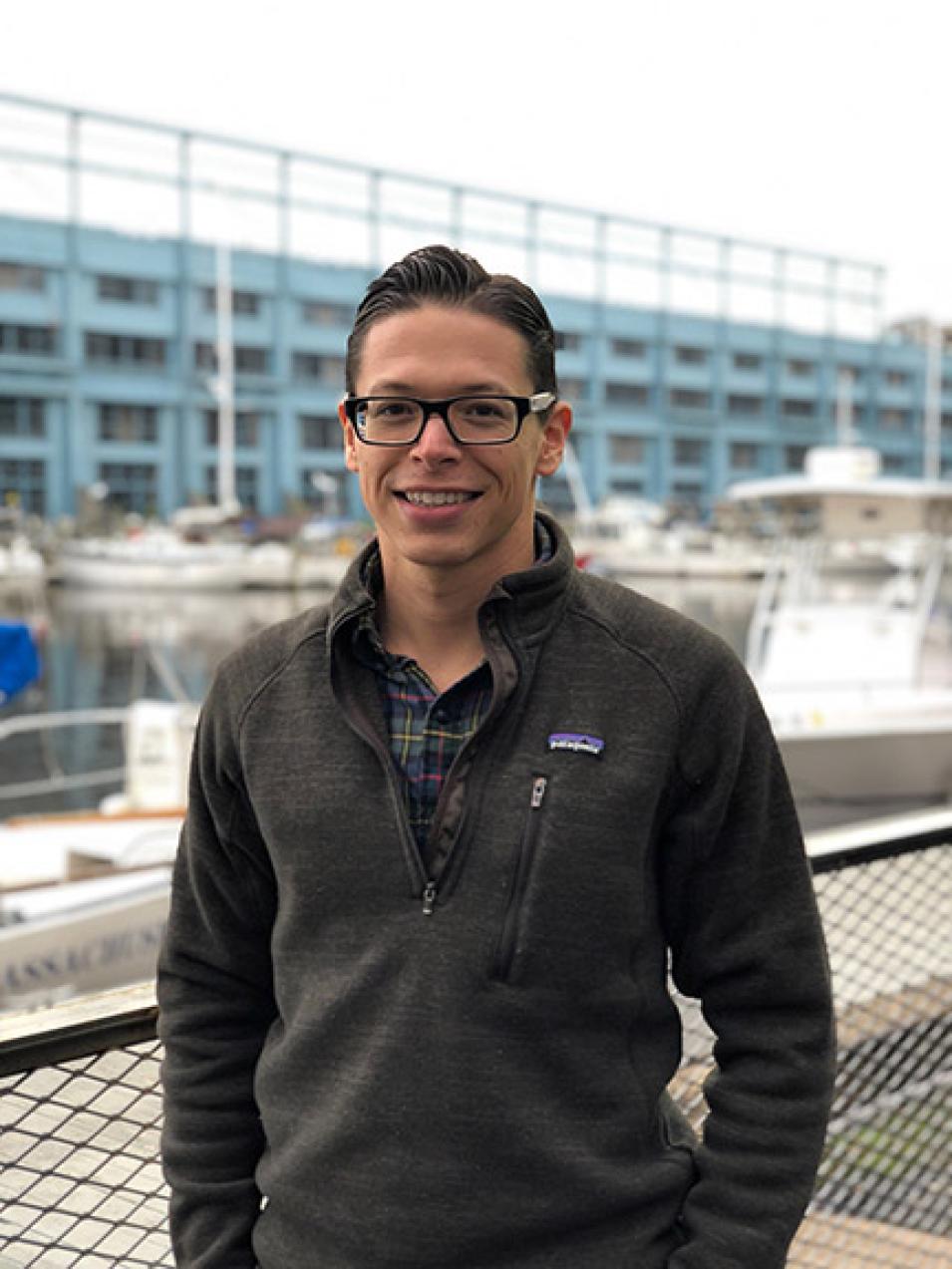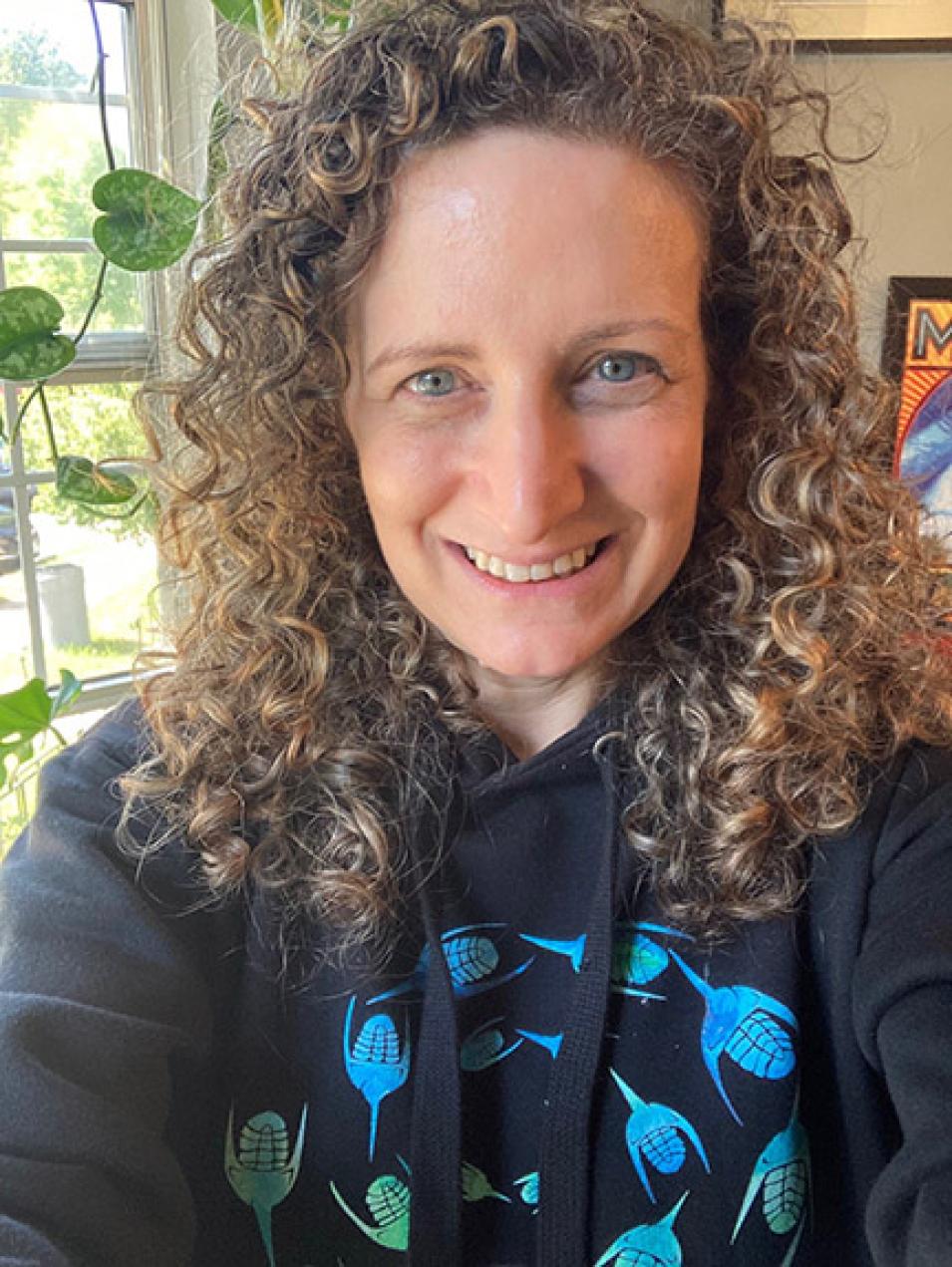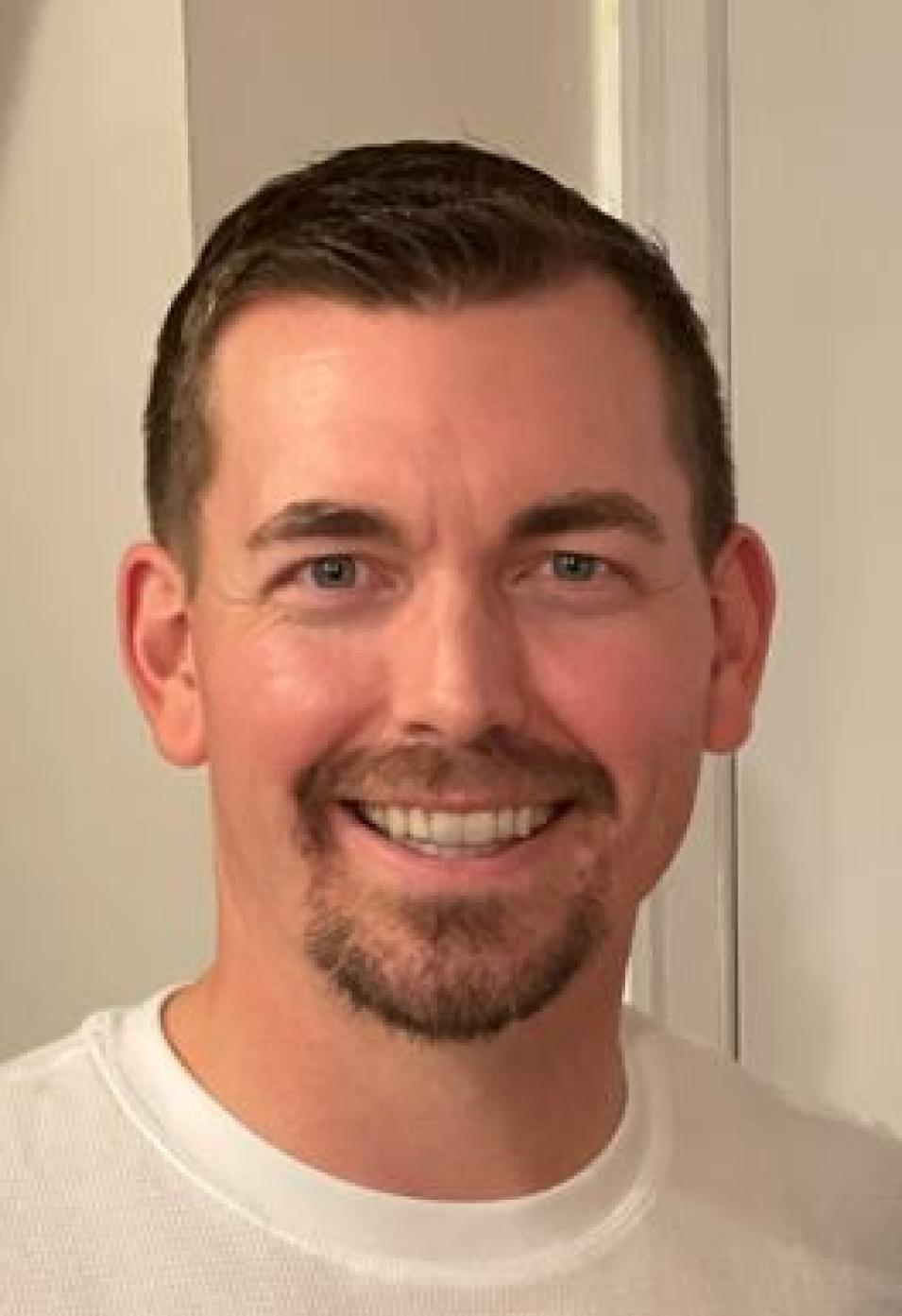From Aqua to Terra and every mission in between, NASA’s array of Earth-observing instruments and satellites produce a steady downpour of data that needs to be ingested, indexed, processed, archived, and distributed to scientists around the globe. At NASA's Goddard Space Flight Center, located in Greenbelt, Maryland, the task of controlling this data deluge is the purview of NASA's Earth Science Data and Information System (ESDIS) Project.
ESDIS manages the science systems of NASA's Earth Observing System Data and Information System (EOSDIS), which is responsible for housing one of the biggest collections of Earth observation data in the world. The current (as of August 2021) volume of data in EOSDIS collections is approximately 57 petabytes (PB). To put that in perspective, one PB of storage is equivalent to approximately 1.5 million CDROM discs. If that sounds like a lot, it's less than 25 percent of the 247 PB of data EOSDIS expects to have by 2025.
As you might expect, it takes a large staff to handle the tasks associated with managing all that data. Among the newest people to ESDIS to help accomplish those tasks are Nicholas Doty, Jay Herford, Vincent Inverso, and Sara Lubkin. All were hired within the past eight months and, although they work on different aspects for the ESDIS Project, they all work to ensure that EOSDIS can meet users’ needs and provide them with the Earth observation data they need.
As in many other workplaces across the country, most of NASA’s staff has been working virtually, which means these four new members of the ESDIS team haven’t spent any time in person with their new supervisors or colleagues. Like so many new employees, they are receiving virtual training on Goddard policies and procedures, the scope of ESDIS work, NASA Earth science data, tools, and resources. Still working from home, the ESDIS Project staff communicate through Microsoft Teams and other digital collaboration tools, PowerPoint presentations, documents, and other means.
Fortunately, Doty, Herford, Inverso, and Lubkin have all persevered. And while each has had to learn the proverbial ropes of his or her position in less-than-ideal circumstances, they have all found ways to contribute to the ESDIS mission.
